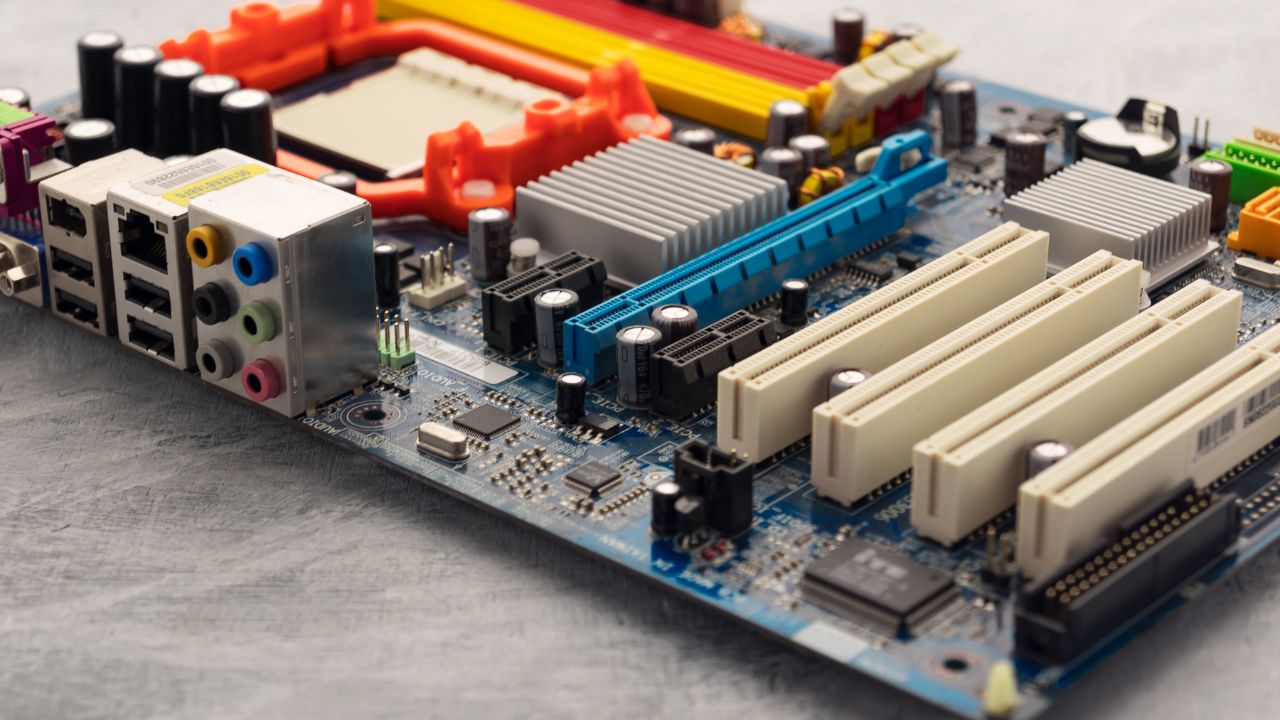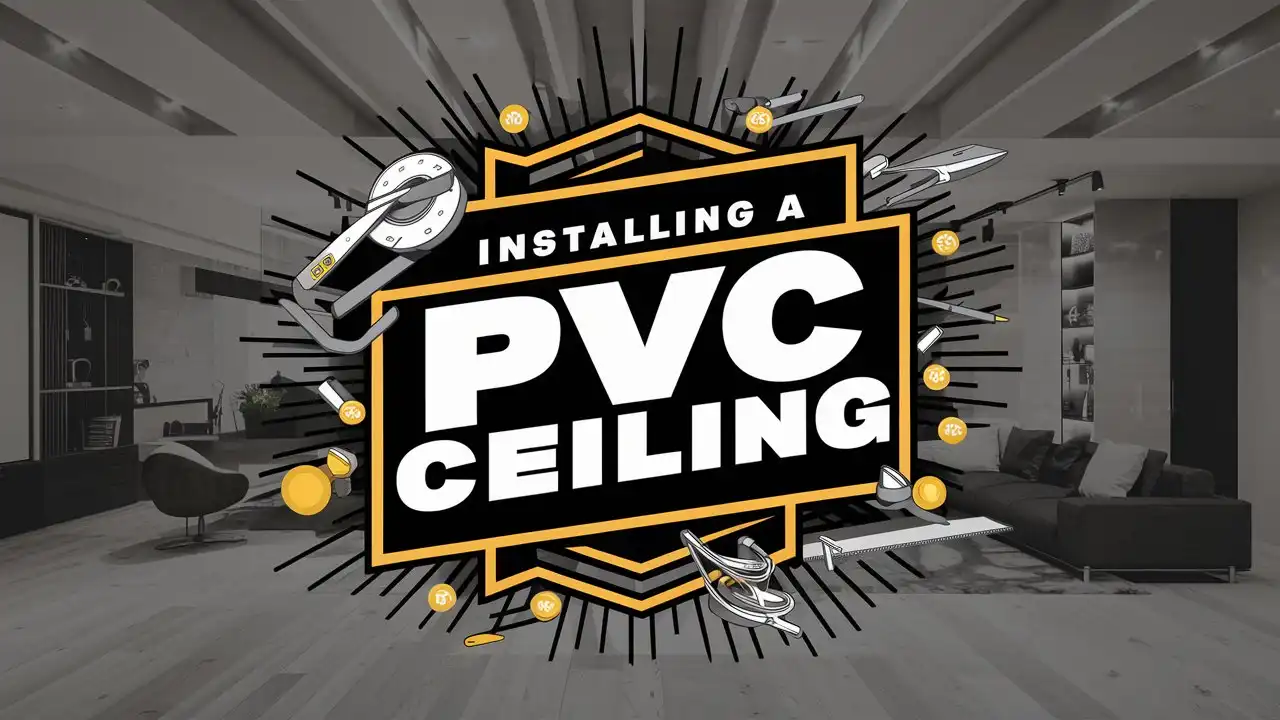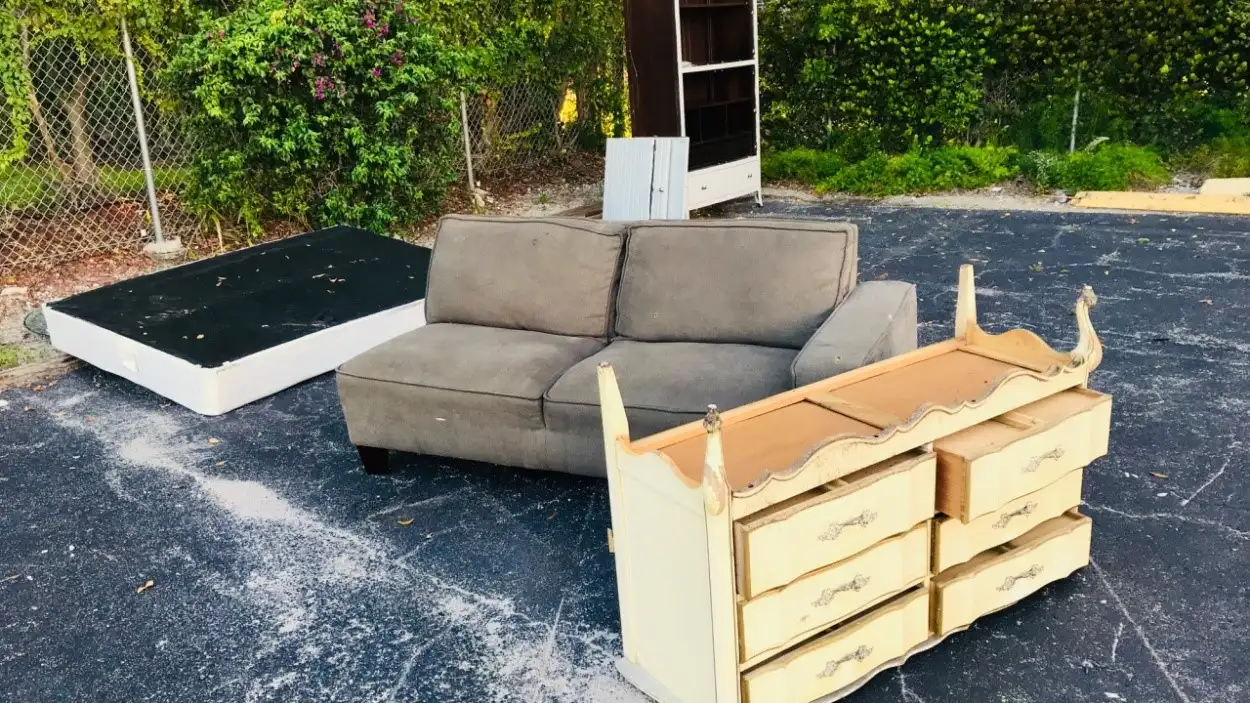When it comes to maintaining and repairing a home, roof safety is a critical concern that homeowners should never overlook. The use of a roof anchor is one such safety measure that can protect individuals working at heights. However, there are many misconceptions surrounding roof anchors that can lead to misunderstandings and potentially dangerous situations. This article aims to dispel some of the most common myths about roof anchors and provide homeowners with accurate information to make informed decisions.
Myth 1: Roof Anchors Are Only For Commercial Buildings
Many homeowners believe that roof anchors are designed exclusively for use on commercial properties. This assumption couldn’t be further from the truth. Roof anchors are equally essential for residential buildings, especially for safe access during repairs, maintenance, or even cleaning tasks. Ensuring that roof workers have a secure point of attachment can prevent accidents and save lives irrespective of the property type.
Myth 2: Any Point Can Serve As A Roof Anchor
Not all points on the roof are created equal. Selecting just any spot for attaching safety equipment could result in equipment failure, leading to severe accidents. A certified roof anchor is designed to withstand specific forces and is safely attached to the roof structure following industry standards. Homeowners should ensure that only appropriate and certified roof anchor points are used for height safety.
Myth 3: Roof Anchors Don’t Need Regular Inspection Or Maintenance
Another misleading belief is that once installed, roof anchors require no upkeep. This is a hazardous misconception. Roof anchors, like any safety equipment, must be inspected regularly for signs of wear, corrosion, or damage. Periodic maintenance ensures that they remain reliable when needed most. Professional roof safety solutions include routine inspections and maintenance to guarantee roof anchors are functioning correctly.
Myth 4: Installing A Roof Anchor Is Simple And DIY-Friendly
Some homeowners with a penchant for do-it-yourself projects may think that installing a roof anchor is easy and doesn’t require professional help. This belief is risky; improper installation can compromise the entire safety system. Only qualified professionals should perform the installation of roof anchors, ensuring alignment with safety guidelines and proper anchor strength.
Myth 5: Roof Anchors Are Unattractive And Reduce Property Value
Concerns about aesthetics often prevent homeowners from installing necessary safety features. However, modern roof anchors can be discreet and unobtrusive, having minimal impact on the appearance of a home. More importantly, the presence of a reliable safety system may actually enhance a property’s value by demonstrating a commitment to safety and due diligence.
Myth 6: One Roof Anchor Is Sufficient For Any Job
The assumption that a single anchor point is adequate for all tasks is a misconception. The number of anchors required depends on the job’s complexity, the roof’s size and shape, and the workers’ range of movement. A safety plan tailored to the specific needs of the job is crucial and may involve using multiple anchor points to ensure comprehensive safety coverage.
Myth 7: Roof Anchors Never Fail
While roof anchors are designed for strength and reliability, asserting that they are infallible would be naive. Like any equipment, they can fail under certain conditions, especially if they are not installed, maintained, or used correctly. Relying on professional roof safety solutions and adhering to best practices can minimize the risk of anchor failure.
Myth 8: Personal Safety Gear Is Unnecessary With Roof Anchors
Some might argue that once a roof anchor is in place, other forms of personal protective equipment (PPE) are redundant. This is a dangerous misunderstanding; a comprehensive approach to safety necessitates the use of PPE alongside roof anchors. This includes harnesses, lanyards, and other gear that keeps workers secure even if they slip or fall.
Myth 9: Any Contractor Can Work With Roof Anchors
Selecting a contractor to work on a roof is not just a matter of expertise in roofing; it’s also about expertise in working at height safely. Homeowners should ensure that any contractor hired is knowledgeable about and complies with height safety regulations. The use of roof anchors requires specific training and awareness to be effective and safe.
Myth 10: A Roof Anchor Is A Permanent Requirement
Installing a roof anchor does not mean it must be a fixed, permanent fixture. There are temporary roof anchor options available for specific tasks or short-term projects. This flexibility allows homeowners to opt for solutions that match their needs without committing to a permanent installation unless it is necessary.
Myth 11: Roof Anchors Are The Only Height Safety Measure Needed
While roof anchors are paramount in a height safety strategy, they are not the only measure that should be considered. Comprehensive safety plans may include guardrails, toe boards, warning line systems, and other forms of fall prevention and protection. It is essential to evaluate the entire range of roof safety solutions available to protect those working at height.
Myth 12: Emerging Technologies Will Make Roof Anchors Obsolete
Finally, some speculate that the advancement of technologies, such as drone building window washing service, might make roof anchors obsolete. While it’s true that technology is providing new methods for building maintenance, roof anchors will continue to be necessary for many tasks that require direct, hands-on attention. Drones cannot replace the need for human intervention in all scenarios, meaning roof anchors will remain an essential element of roof safety for the foreseeable future.
In conclusion, dispelling these myths about roof anchors is vital for homeowners to appreciate the importance of investing in appropriate roof safety systems. By debunking these misconceptions, homeowners can make informed decisions to prioritise safety, ensure compliance, and provide a secure working environment for anyone accessing their roofs. With accurate knowledge and the right approach, roof anchors can be a dependable part of a comprehensive safety solution.








